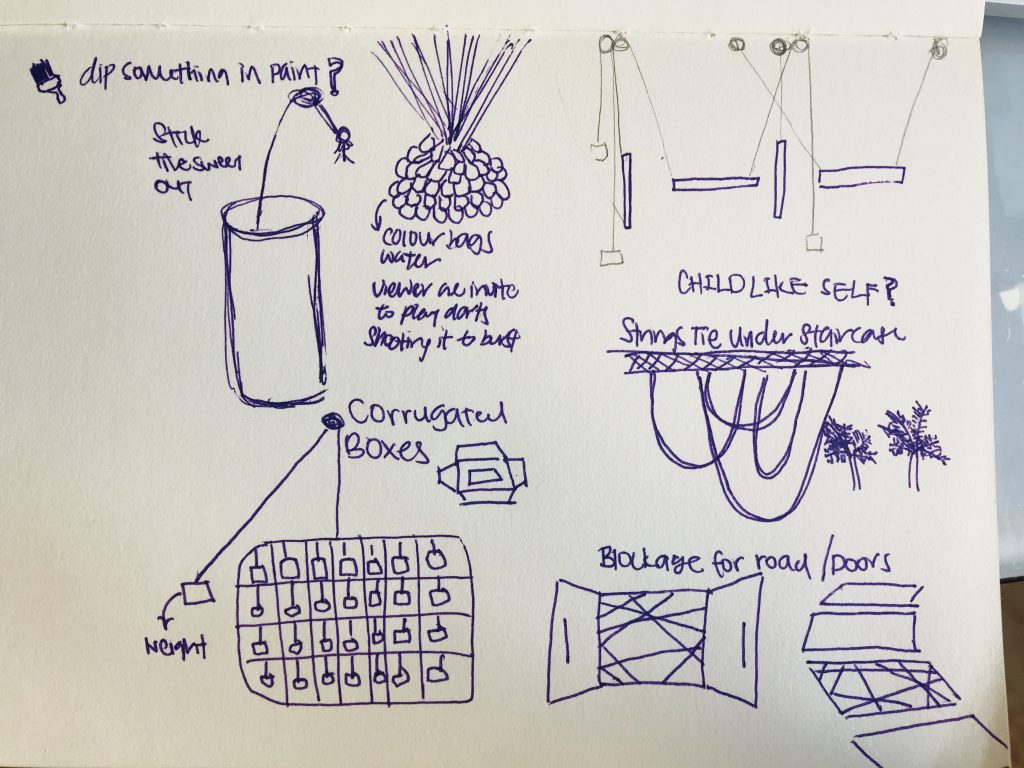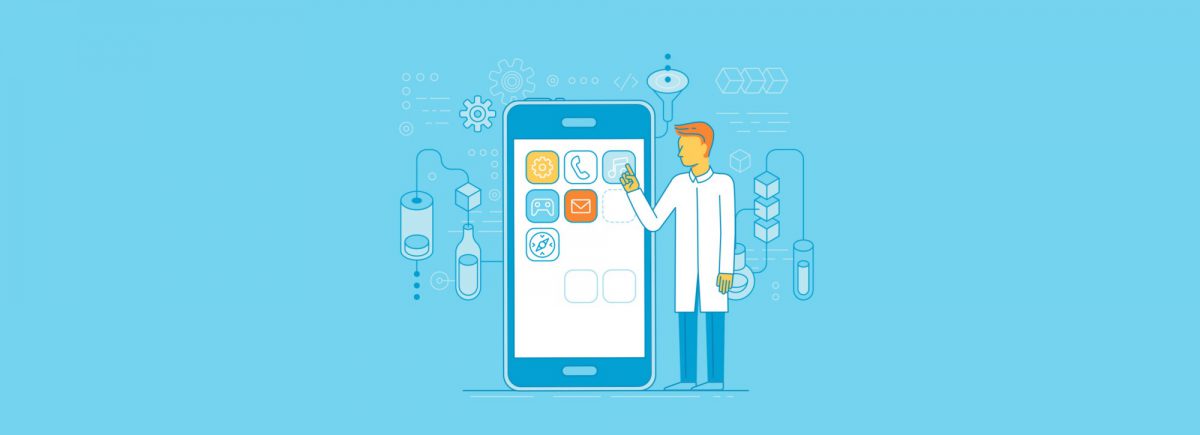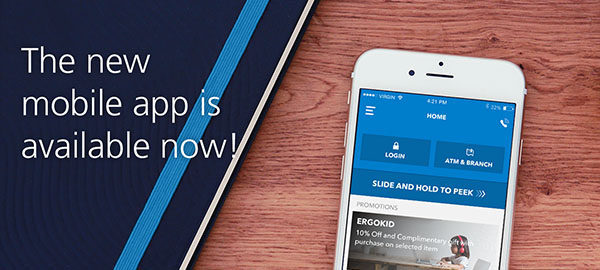Very often, people did would categories design together with art and did not knowing what are the difference between them. Kim Goodwin pointed out that,
In order for design to be design and not art, it must serve human needs and goals.
Design has a purpose when we designed for product which will help human to improved their life. Whereas art is an expression or application of human creative skill and imagination also, an end product that reflects the inner vision of the artist. This kept me thinking that will there be a combination of both art and design? The designer can craft a ceramic to fulfilled its purpose such as a candle light holder but aesthetically expressive and unique created through creative skills? I also agreed with Kim that design is a broad term which are very difficult to define exactly what is it.
Interestingly design involved learning about human senses, cognition and ergonomics, focuses or understanding to create a good design that solves the problems. It would help the designer to build on its details while designing for a problem. Designers also design beyond just its function but the aesthetics which are also important human goals.
Kim introduce us with the Goal Directed Design that provide a fundamental premise to design a successful product is to focus on achieving goals. It touch on the design of a product’s behavior, visual form and physical form. This method provides a framework for designers to help keeping them on track but not a set of rules and constraints.
I do agreed focusing on Goal-Orientation Design would be effective in many ways. As during design process will involved many people from different backgrounds. This method would reduce conflict and increase effective communication and efficiency. Also based on the process it provide concrete based to work on to strengthen the ideas.
Kim pointed out that not all organisation are able to take the full advantage of design strategic values which I agreed as well. There are unforeseen circumstances such as the culture in the company, relationship between the employers and the decision makers. Each department play a significants roles which will affect the outcome of the design. It also takes time to practise this method as an individuals or in organisation.
From this, I wonder how company like Cooper manage their work load in the reality as the process are really long. In reality design companies might neglect or skip some steps such as research or framework definition part due to client’s deadline or pressure.
Lastly, Goal-Directed Design are very important which most of the time are neglected by designers. It allows us to learn and understand the product better and allow us to stay on track. Yet, I feel it was not a rule to follow strictly but during certain circumstances designer should be flexible by knowing what to be scarifies and working within the given condition and timeline.
![Interactive Spaces Part I [Analog]](https://oss.adm.ntu.edu.sg/a150112/wp-content/uploads/sites/384/2018/02/IMG_6072-1200x900.jpg)









